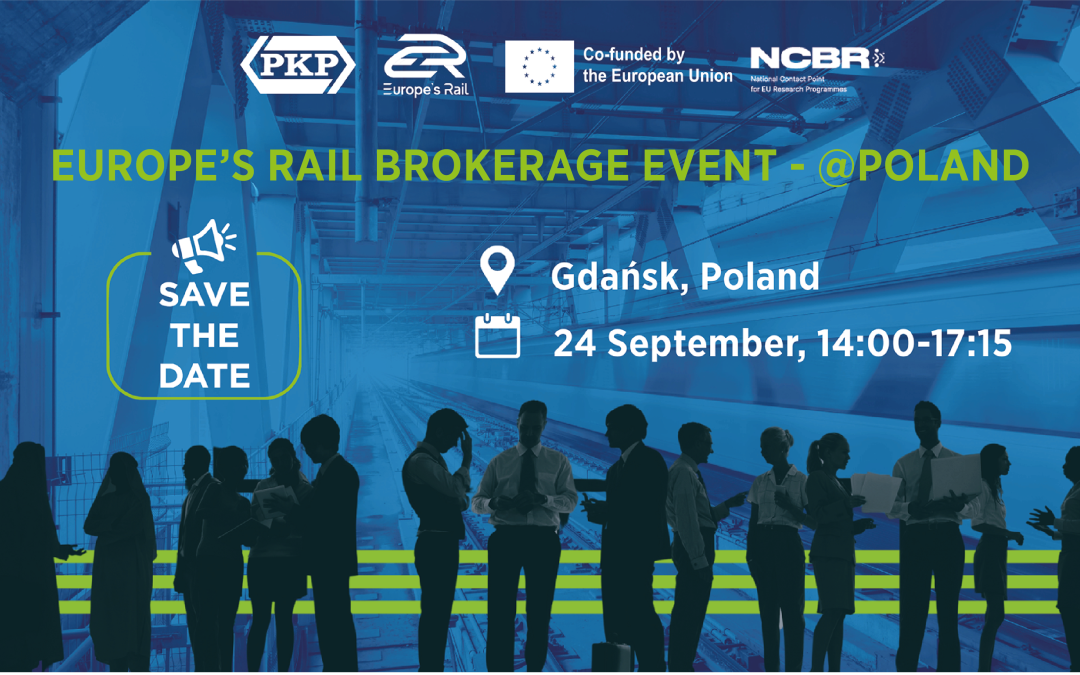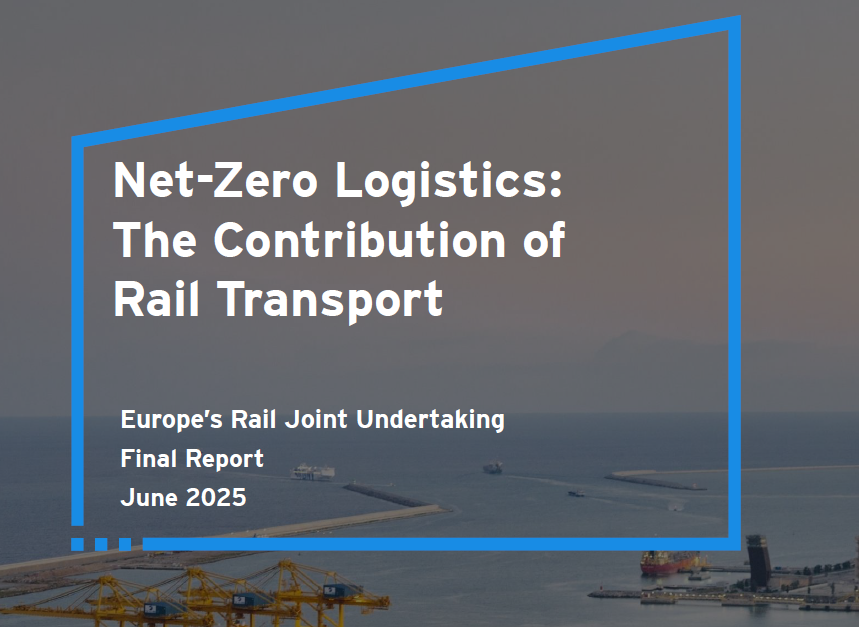Europe must take decisive steps to simplify and modernise its rail systems to strengthen competitiveness,...
Analysis of requirements and definition of specifications for obstacle detection and track intrusion systems
Description: This deliverable addresses the proposal of a set of requirements for all freight use cases, specifically for the development of an obstacle detection/track intrusion prototype (OD&TID). Requirements have been developed around four main categories: performance, functionality, operation and compliance (with regulations and standards).
Target audience: All rail stakeholders
How it brings us closer to achieving better rail for Europe: The highest grade of automation is already deployed on some metro lines in the world (e.g. line 1 in Paris). Deploying ATO GoA4 on mainline railways, however, poses a challenge. The detection of obstacles and threat on an open railway track are an important milestone to reach, to ensure the safety of fully unattended operations on mainline railways.
More information on this topic:
- Project website
- TD5.1: Fleet digitalisation and automation
- TD2.2: Automatic Train Operations (up to GoA4)
Container Management System prototype development for Traffic Management System
Description: The prototype describes the scenario for interaction between a Container Management System (CMS) and Traffic Management System (TMS) with the goal to provide smooth and fast delivery of containers to ports. The TMS provides the CMS with up to date and accurate information on train status which enables the CMS to provide up to date and accurate information on container status at any time. The document aims to provide details of the architecture, processes, interfaces and design of the prototype as well as the verification testing and final validation, including the results and conclusive analysis.
Target audience: Operators; Infrastructure management companies
How it brings us closer to achieving better rail for Europe: The ‘integrated mobility management’ prototypes provide a facility to access data from a Traffic Management System in a plug and play manner. This feature is realised by the established Shift2Rail Conceptual Data Model which ensures agreed standardisation and facilitates full integration between the products.
More information on this topic: WA 4 – Smart Mobility
Technologies for Alternative Bearers for Adaptable Communication System
Description: The main objective of this deliverable is to provide an overview of the state-of-art in the areas of alternative communication bearers (ABs), which are expected to be of interest for improving capabilities of the Adaptable Communication System (ACS). A set of potential candidate communication technologies are investigated for railway applications.
Target audience: All rail stakeholders; Operators; Infrastructure management companies; Suppliers
How it brings us closer to achieving better rail for Europe: The evolution of ERTMS towards a more efficient and competitive train management systems will depend on the available telecommunication infrastructure ACS/FRMCS. With a new set of bearers, ACS can select the best communication bearer(s) in an efficient and intelligent way according to the railway application requirements with significant performance improvement.
More information on this topic: AB4RAIL
Review of adaptable communication system, including existing transport protocols, application protocols, railway applications
Description: The adaptable communication system has been designed to operate in accordance with the bearer independence principle. This is achieved using communication technologies that can be accessed at IP protocol level. In this deliverable we provide a review of the most important transport and application protocols on IP for ACS communications.
Target audience: All rail stakeholders; Operators; Infrastructure management companies; Suppliers
How it brings us closer to achieving better rail for Europe: Due to the possibility of using managed IP-based bearers, ACS enables the rail stakeholders to define and manage rail application starting from the transport protocol and application protocols in an end-to-end way. AB4Rail is conducting studies concerning the selection of the transport and application protocols for the ACS rail applications.
More information on this topic: AB4RAIL
Analysis of Internet Protocol Version 4 and Version 6 in a Context of Advanced Communication System
Description: The document details the main issues related to Internet Protocol version 4 (IPv4) and version 6 (IPv6) interworking in advanced communication system (ACS) including: the additional packet processing for IPv4/IPv6 conversion and the effects of IP address conversion on the SIP protocol. One solution for implementing IPv4/IPv6 interworking in the ACS context has been presented.
Target audience: All rail stakeholders; Operators; Infrastructure management companies; Suppliers
How it brings us closer to achieving better rail for Europe: The ACS is deeply rooted in the bearer independent principle and, in its implementation, on the IP protocol which is gradually evolving from IPv4 to IPv6. Investigations on solutions for the coexistence of the two IP addressing modes are necessary to allow the ACS to evolve accordingly.
More information on this topic: AB4RAIL
Recommendations to Innovation Programme 4 on Digital Services
Description: The report defines recommendations for Innovation Programme (IP4) to support the market uptake by (i) Providing solutions satisfying requirements of both IP4 members and external EU initiatives, (ii) Simplifying/automating all necessary steps which are needed to integrate new services and sub-systems in the multi-modal transport ecosystem, (iii) Emphasizing the potential role of the IF for NAPs, (iv) Taking care of improving performance and scalability of the IF following its development and deployment, (v) Showing how the IF contributed to addressing different market uptake indicators.
Target audience: Final users; Operators;Suppliers
How it brings us closer to achieving better rail for Europe: The SPRINT tools cover different aspects related to the Interoperability Framework (IF) such as ontology engineering, mapping engineering, integration of heterogeneous systems and lastly governance and publishing automation. SPRINT partners tested how these tools support the collaborative development of an ontology, which is a key phase in a large multilateral effort as the IP4 IF.
More information on this topic: SPRINT
















